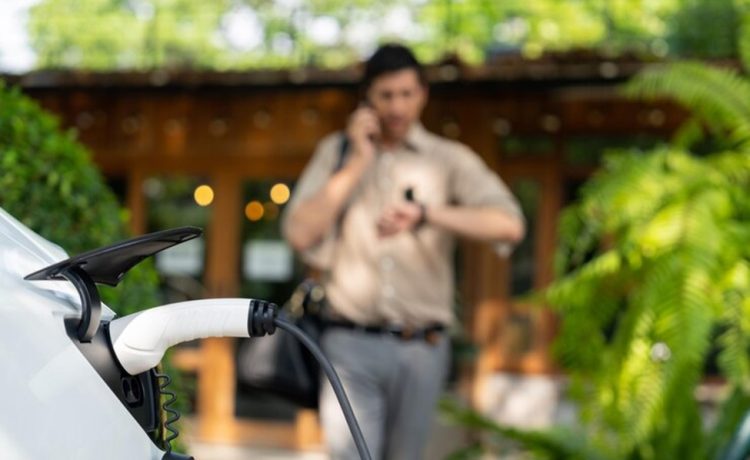The world is embracing sustainable transportation, and electric bikes are rapidly gaining popularity. These pedal-assisted bicycles offer an eco-friendly and enjoyable way to commute, explore your surroundings, and get some exercise. However, with a growing variety of electric bikes available, choosing the right one can seem daunting.
Top Tips for Choosing Your First Electric Bike
This guide explores key factors to consider when selecting your first electric bike, helping you find the perfect fit for your needs and riding style.
1. Understanding Your Riding Needs:
The first step towards choosing the ideal electric bike is to define your intended use. Will you be using it for commuting to work? Cruising leisurely on scenic trails? Or tackling challenging off-road adventures? Electric bikes come in various styles, each suited for different riding environments.
For example, commuter electric bikes often prioritize comfort and practicality, featuring upright handlebars and comfortable seating positions. Mountain e-bikes, on the other hand, boast sturdier frames, wider tires, and powerful motors for tackling rough terrain.
2. Motor Power and Range:
The motor and battery are the heart of an electric bike. Motor power is typically measured in watts, with higher wattages offering more climbing power and acceleration. However, keep in mind that regulations in some regions might limit motor power for electric bikes classified as e-bikes.
Battery range, measured in miles, indicates the distance you can travel on a single charge. Consider your average riding distance and terrain to determine the necessary battery range.
3. Comfort and Fit:
Just like with traditional bikes, comfort is paramount when choosing an electric bike. The bike’s frame size and geometry should align with your height for optimal control and a comfortable riding posture. Many electric bike manufacturers offer size charts to assist you in selecting the right frame size.
Additionally, consider factors like handlebar position, seat adjustability, and suspension systems that can significantly impact your riding comfort, especially on longer journeys. Test riding different models before making your final decision to ensure a comfortable fit.
4. Safety Features and Maintenance:
Safety should never be compromised. Ensure your chosen electric bike comes equipped with essential safety features like reliable brakes, reflective lights, and a sturdy frame. Hydraulic disc brakes offer superior stopping power in all weather conditions, making them a valuable safety feature.
Furthermore, consider the ease of maintenance. Electric bikes generally require less maintenance than traditional gasoline-powered vehicles, but some basic knowledge of how to maintain the battery, motor, and drivetrain is beneficial. Opt for an electric bike with readily available replacement parts and user-friendly maintenance requirements.
5. Budget and Additional Features:
Electric bikes range in price depending on motor power, battery capacity, frame materials, and brand reputation. Set a realistic budget and prioritize features that align with your needs. Some electric bikes offer additional features like integrated fenders, cargo racks, or smartphone connectivity, which can enhance your riding experience.
However, these features can also add to the overall cost. Evaluate the trade-offs between features, functionality, and your budget to find the electric bike that delivers the best value for you.















